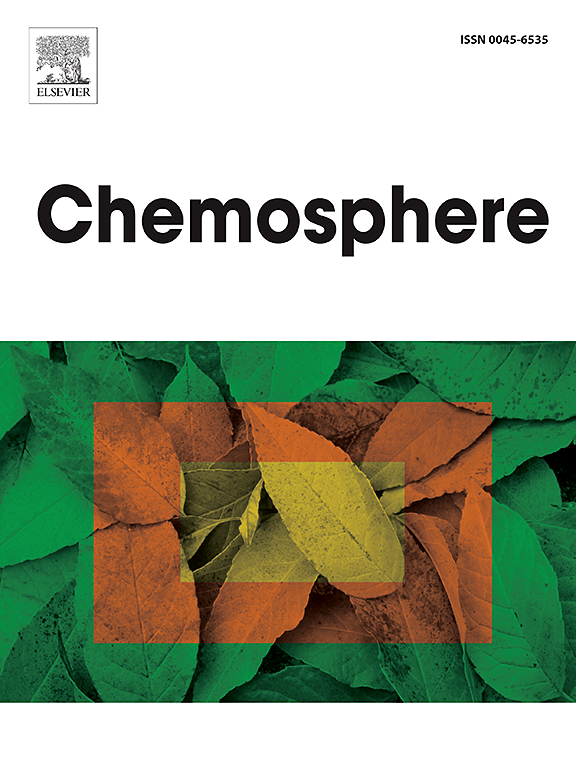Study of 3–methyl–1,2,3–butanetricarboxylic acid (MBTCA) degradation using mass spectrometry technique and DFT methods
IF 8.1
2区 环境科学与生态学
Q1 ENVIRONMENTAL SCIENCES
引用次数: 0
Abstract
3–Methyl–1,2,3–butanetricarboxylic acid (MBTCA) is an important component of secondary organic aerosol (SOA) acting as a tracer for the chemical aging of biogenic SOA by oxidizing reagents. The physical properties, including the kinetic stability of organic compounds recognized as part of SOA, are not fully understood. The energetic stability of the MBTCA anion was studied using advanced and modified mass spectrometry (MS) techniques, combined with theoretical modeling within density functional theory (DFT). Based on energy–resolved collision–induced dissociation (ER–CID) experiments, an energetic description and a detailed degradation molecular mechanism were presented. Decarboxylation (m/z 159 ion) and dehydration (m/z 185 ion) reaction pathways were identified as the main consecutive reaction/degradation mechanisms. Product/fragment structural identification and theoretical potential energy surfaces for all observed MBTCA (m/z 203) ion transitions were described. The analyses showed a very good correlation between experimental and theoretical results. For dehydration 104 kJ/mol and 107 kJ/mol and for decarboxylation 171 kJ/mol and 180 kJ/mol (energies respectively experimental and theoretical calculations). Our findings provide insights into the energetic conditions under which the MBTCA anion can undergo further fragmentation processes under ionic gas–phase conditions.

质谱法和DFT法研究3 -甲基- 1,2,3 -丁三羧酸(MBTCA)的降解
3 -甲基- 1,2,3 -丁三羧酸(MBTCA)是二次有机气溶胶(SOA)的重要组成部分,是氧化剂对生物源性SOA化学老化的示踪剂。物理性质,包括被认为是SOA一部分的有机化合物的动力学稳定性,还没有被完全理解。采用先进的改进质谱(MS)技术,结合密度泛函理论(DFT)的理论建模,研究了MBTCA阴离子的能量稳定性。基于能量分辨碰撞诱导解离(ER-CID)实验,给出了能量描述和详细的降解分子机制。脱羧(m/z 159离子)和脱水(m/z 185离子)反应途径被确定为主要的连续反应/降解机制。描述了所有观察到的MBTCA (m/ z203)离子跃迁的产物/碎片结构鉴定和理论势能面。分析表明,实验结果和理论结果之间有很好的相关性。脱水反应为104 kJ/mol和107 kJ/mol,脱羧反应为171 kJ/mol和180 kJ/mol(能量分别为实验和理论计算)。我们的发现提供了对离子气相条件下MBTCA阴离子进一步破碎过程的能量条件的见解。
本文章由计算机程序翻译,如有差异,请以英文原文为准。
求助全文
约1分钟内获得全文
求助全文
来源期刊

Chemosphere
环境科学-环境科学
CiteScore
15.80
自引率
8.00%
发文量
4975
审稿时长
3.4 months
期刊介绍:
Chemosphere, being an international multidisciplinary journal, is dedicated to publishing original communications and review articles on chemicals in the environment. The scope covers a wide range of topics, including the identification, quantification, behavior, fate, toxicology, treatment, and remediation of chemicals in the bio-, hydro-, litho-, and atmosphere, ensuring the broad dissemination of research in this field.
 求助内容:
求助内容: 应助结果提醒方式:
应助结果提醒方式:


